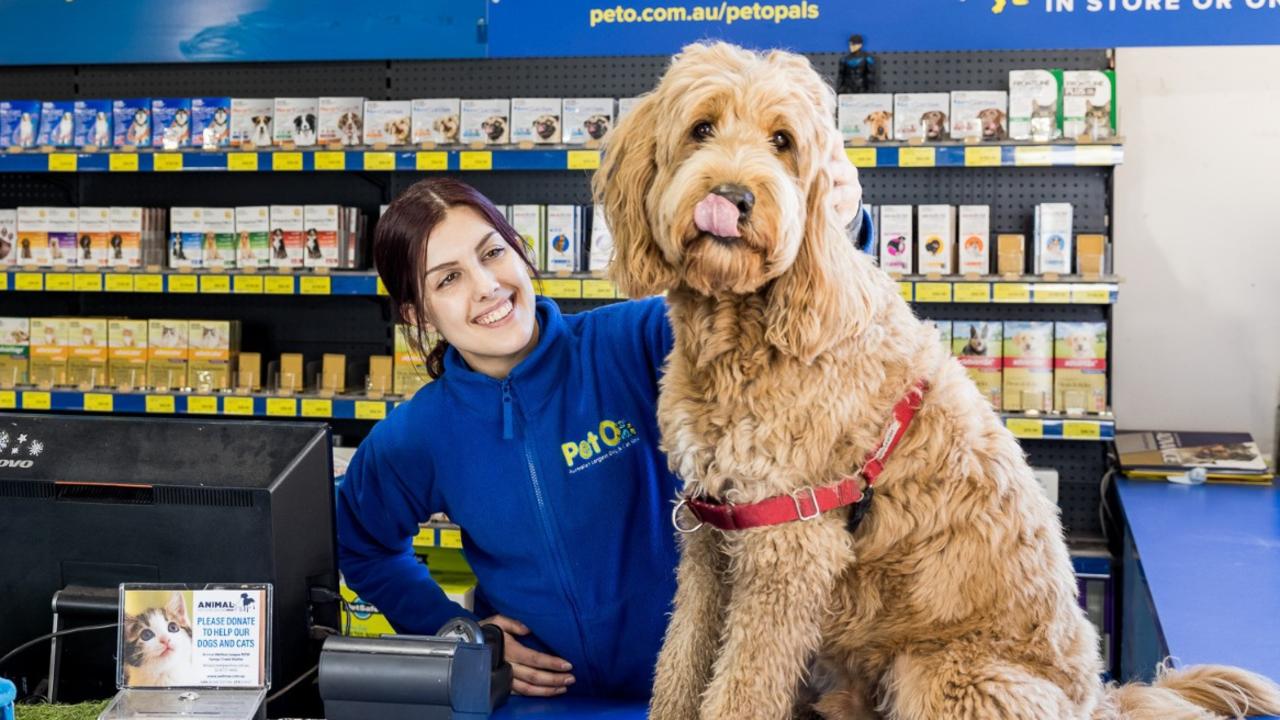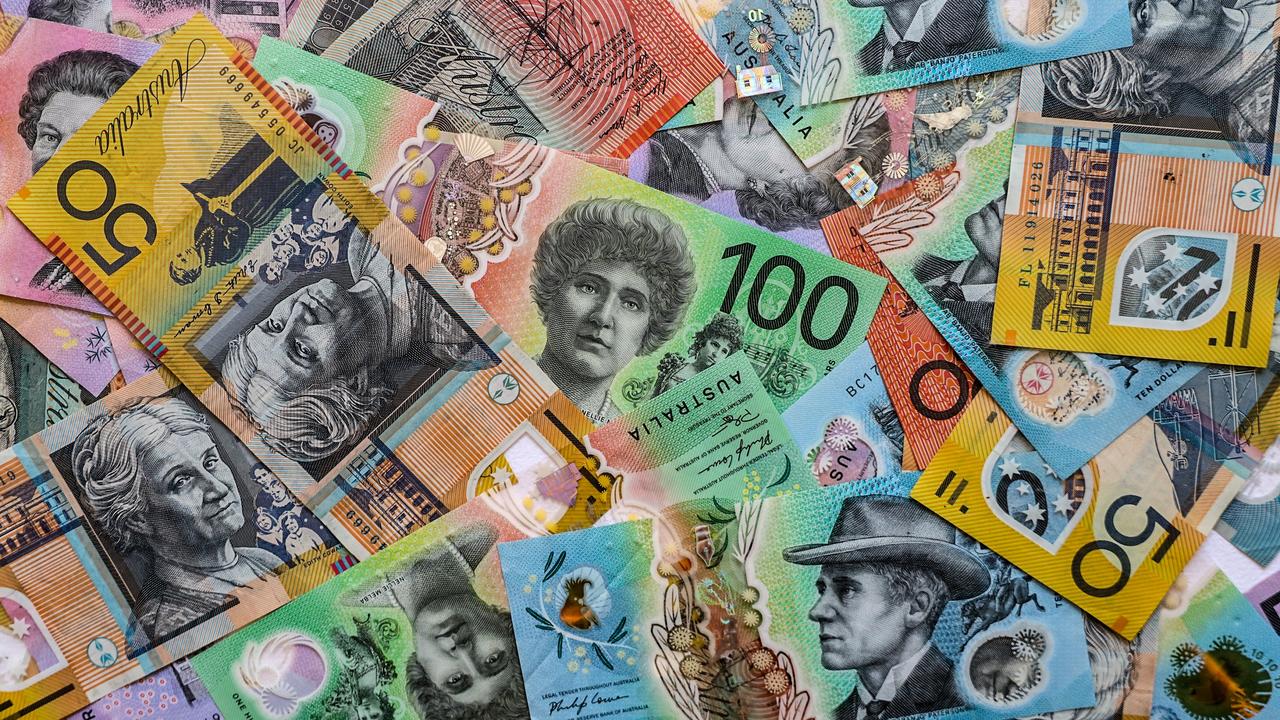Six reasons why McDonald’s is still a powerhouse, despite its troubles
MCDONALD’S sales have been sputtering and its trapped in a cycle of bad headlines but the company knows how to reel us back in.

MCDONALD’S sales have been sputtering for more than two years and the company seems trapped in a cycle of bad headlines that likely won’t end soon.
Its quarterly earnings results on Wednesday aren’t expected to be pretty either, and there’s a chance its dominance will continue to wane as newer players keep coming onto the scene.
But don’t write the obituary just yet. McDonald’s has many strengths that the rivals biting at its heels can only envy, including Ronald McDonald’s worldwide recognition. The Golden Arches will need to put them to good use to remain the world’s largest restaurant chain.
Here are six reasons why McDonald’s is nowhere close to death’s door for now.
MASSIVE REACH
McDonald’s has more than 36,200 restaurants worldwide, including 14,300 locations in the US alone, and that ubiquity continues to make it a default option for many. Burrito chain Chipotle is in growth mode but still only a fraction of that size, with around 1,800 locations. (Shake Shack, whose stock offering earlier this year garnered lots of attention, has fewer than 40.)
Because of its recent struggles, McDonald’s plans to slow its growth to its lowest level in five years. But “slow” is relative:
It still plans to add 600 to 700 restaurants around the world this year.
Chipotle said it plans to open up to 205 new stores this year, mostly in the U.S.
In Australia, McDonald’s has 940 stores and plans to open another 30 this year.
MARKETING POWER
McDonald’s has enormous marketing muscle, in large part because its franchisees are required to contribute at least 4 per cent of their sales to advertising.
Based on the $US31.1 billion ($A40.3 billion) in sales US franchisees saw last year, that would translate to at least $US1.24 billion ($A1.61 billion) in advertising money.
That huge bucket of money is split in two ways. Some goes to national advertising and focuses on burnishing the brand. The rest goes to regional advertising and focuses more on promotions to drive customers to stores.
Advertising doesn’t have to be expensive to be effective, of course. But McDonald’s deep pockets give it a clear advantage.
McDonald’s in Australia has annual sales of $4 billion, and while it doesn’t provide detailed breakdowns, claims to be seeing positive increases in customer numbers and comparable sales.
PRINTING MONEY
The recent sales decline in the US is squeezing franchisees, who still have to pay for fixed costs like labour and electricity.
But McDonald’s restaurants continue to generate a lot more cash than their peers. In 2014, the average McDonald’s restaurant raked in $US2.5 million ($A3.24 million) in sales, according to industry tracker Technomic. Wendy’s restaurants pulled in an average of $1.6 million ($A2.07 million), while Burger King pulled in $US1.2 million ($A1.56 million).
A big reason for the difference: the popularity of McDonald’s breakfast.
Average annual sales for Shake Shack are higher at $US4.6 million ($A5.96 million), Technomic said. That’s in part because Shake Shack is concentrated in New York City, where volumes tend to be higher. The average Chipotle generates roughly the same sales volume as McDonald’s even without breakfast, in part because of its fast-moving line and higher prices.
At the company’s most recent earnings call in March, global chief financial officer Kevin Ozan singled out Australia as a strong performer.
“Australia is a great spot in our overall turnaround with positive comparable sales and guest counts since September of last year,” he told investors.
“The team has re-energised the business with strong promotions and relevant menu items and they are fueling this momentum with additional excitement around digital initiatives and the rollout of Create Your Taste across the majority of the market this year.”
UNLOCKING BREAKFAST
Fans of McDonald’s breakfasts have long called on the chain to offer it past 10:30am. McDonald’s is finally giving the idea a serious try with a test of an all-day breakfast menu in San Diego.
It’s just one way McDonald’s might bring more customers into its stores and may signal the company’s willingness to take bigger risks.
Big companies tend to be cautious about change, and McDonald’s in particular is known for its methodical decision-making. But executives may pick up the pace to avoid becoming outdated.
NEW LEADERSHIP
McDonald’s CEO Steve Easterbrook stepped into his role just last month and said he wants to make McDonald’s a “modern, progressive burger company.” In a meet-and-greet with analysts, he also referred to himself as an “internal activist,” according to Sara Senatore, a Bernstein analyst.
Another new executive is Mike Andres, who became president of the U.S. division in October. He started as a manager for his family-owned McDonald’s, and has served in a variety of leadership roles at the company.
(Side note: Andres’ father was a pilot for Ray Kroc, who built McDonald’s into a fast-food giant.)
MCDONALD’S HAS BEEN HERE BEFORE
The troubles McDonald’s is facing are partly the result of a shifting industry, with many smaller players posing a challenge to the big guys. If that trend keeps up, McDonald’s may not be able to save itself.
At the same time, it’s easy to forget that McDonald’s has had rough patches before — and pulled out of them.
Consider the expanded menu and focus on value that former CEO Jim Skinner used to turn around business. It isn’t an ancient example; Skinner’s tenure was from 2004 to 2012, the last few years of which were some of McDonald’s strongest.



